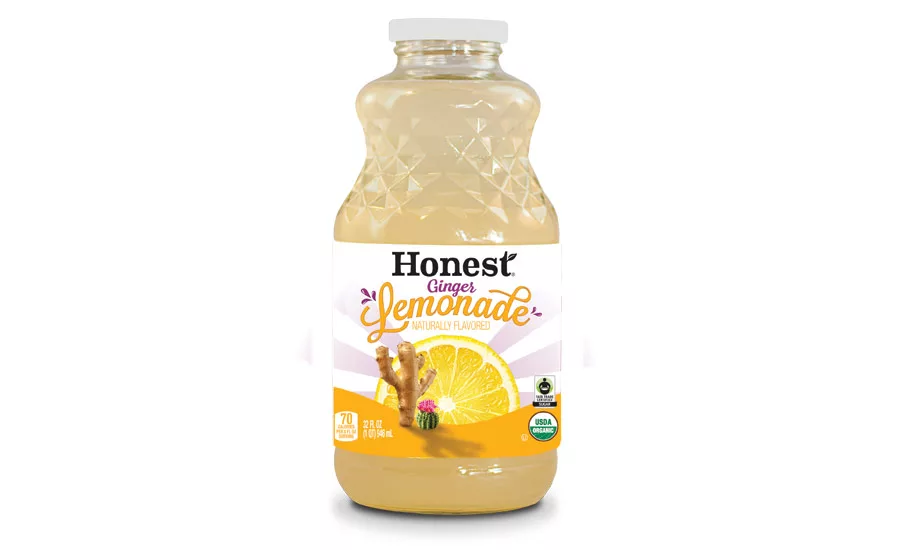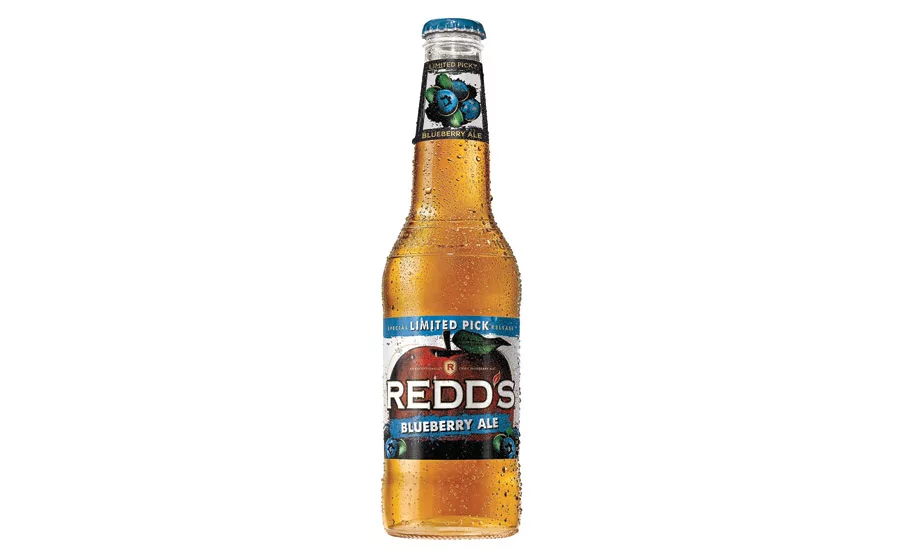Limited-edition, seasonal beverages create excitement for brands
Mintel estimates $3 billion increase from 2015 to 2017 for LTOs


As the saying goes, “the sky’s the limit.” When it comes to the beverage market and introducing new products, that saying certainly holds true. However, beverage-makers aren’t just expanding their year-round portfolios to capitalize on their limitless potential, but also are taking a much more “limited” approach.
According to Ilana Orlofsky, marketing coordinator for Niles, Ill.-based Imbibe, seasonal and limited-time offer (LTO) products are experiencing trajectory growth.
“Mintel’s projection is [a] $3 billion increase from 2015 to 2017,” she says. “Seasonality that limits the availability of an offering is one way that consumers understand premiumization. There’s also an ingrained sense of FOMO — fear of missing out — in many of today’s consumers, especially with the accelerated rate at which experiences are shared. In addition to increasing sales, by including LTOs in their portfolios, brand owners can address product fatigue with their current customer base while also attracting new customers with a novel offering.”
Bill Sipper, managing partner with Ramsey, N.J.-based Cascadia Managing Brands, echoes similar sentiments. “Limited-edition beverages create excitement for a brand and can be disruptive,” he explains. “Everyone wants what they can’t have, and the fact that something is ‘limited’ or in short supply has the ability, if done correctly, to make a product relevant, trendy and even ‘sexy.’”
Gary Hemphill, managing director of research for New York-based Beverage Marketing Corporation, notes that LTOs allow beverage manufacturers to explore their creative side, but remain cognizant of SKU proliferation.
“Seasonal and limited-edition beverages can add excitement to a company’s portfolio without adding the same complexity to the system that a permanent product launch would,” he says. “It’s a way to bring news to a brand without contributing to an endless-array of new SKUs.”
Cascadia’s Sipper also highlights how LTOs can positively affect the core portfolio. “People want what they can’t have. It is a rule of supply and demand,” he says. “If done right, the smaller the supply, the more interested the consumer may be. Beverages can get ‘tired,’ [and] millennials are always looking for something ‘new’ and different. Limited-edition items can bring new consumers to a brand and those consumers hopefully adopt other items from that same brand once the limited-edition push is over.”
Recipe for success
Because LTOs are not restricted to any sector of the beverage market, alcohol and non-alcohol brand owners have embraced the concept; however, some categories are more active than others.
“The most popular categories of successful LTOs are coffee, tea and lemonade, which includes limeade, and I’d like to classify them further, as either indulgent or with a throwback flavor profile that provides a sense of nostalgia for the consumer,” Imbibe’s Orlofsky says. “Lemonade is a classic, but many brands enhance lemonade by either capitalizing on fruit that’s available seasonally to enhance the flavor profile or pair something a little more exotic with their lemonade.”
For example, new LTO variations of lemonades come out on a yearly basis, she explains.
“New iterations of lemonades and limeades come out every year, both with exotic flavor pairings and with basic fruit combinations,” Orlofsky says. “Recent beverages launches include a mojito lemonade, vanilla bean limeade, raspberry limeade and strawberry lemonade.”
Additionally, tea is a popular category for LTOs in order to appeal to consumers. “Teas are also a great way to introduce complex flavor profiles to consumers, while also sometimes being a lower-calorie option,” Orlofsky says. “As consumers seek out healthier options, tea drinks, both in foodservice and as [ready-to-drinks] (RTDs) continue to see growth. While many consumers seek out healthier options, indulgent offerings maintain their popularity — sometimes with a coffee base and often in a shaken or blended format.”
She adds that LTO teas are exploring flavor trends as well as hybrid products.
“In addition to the possibility of combining a flavored lemonade with a flavored tea for the more adventurous, popular tea flavors include a dressed-up version of green tea (sometimes in a smoothie, latte or with a tropical twist), and often a pairing with peach,” Orlofsky says.
Cascadia’s Sipper says that craft alcohol products also have proliferated. “Brands like Sam Adams set the standard years ago for limited-edition craft beers,” he says. “Many craft beer companies still follow Sam Adam’s lead in this regard. Boutique wine and whiskey companies have done very well.”
Sipper adds that he thinks that consumer perception sees products that are more limited or made in small batches as more valuable, which lends to the success of these releases.
What also remains vital to the success of seasonal and LTO beverages are the flavor profiles and the timing of their releases.
“Other popular flavors of LTOs are seen in coffee-based beverages and are often brought back year after year,” Imbibe’s Orlofsky says. “Pumpkin spice is a great example of a successful LTO flavor that consumers look forward to because it’s only available in the fall/holiday season. Indulgent dessert flavors also continue to be popular in beverages — caramel, s’mores, and red velvet cake will probably never go out of style.”
However, Cascadia’s Sipper notes that seasonals and LTOs require more than just an understanding of the current on-trend flavors and product attributes, but also how to execute and align LTOs with a retailer and the supply chain.
“When limited editions are done right, meaning that … before you produce a product, you have to have a home for it with retailers and making sure that you can get it to the retailer with enough lead [time] in order to get it on his or her shelf at a specific time, and take it off at a specific time,” he explains.
Looking for a reprint of this article?
From high-res PDFs to custom plaques, order your copy today!




